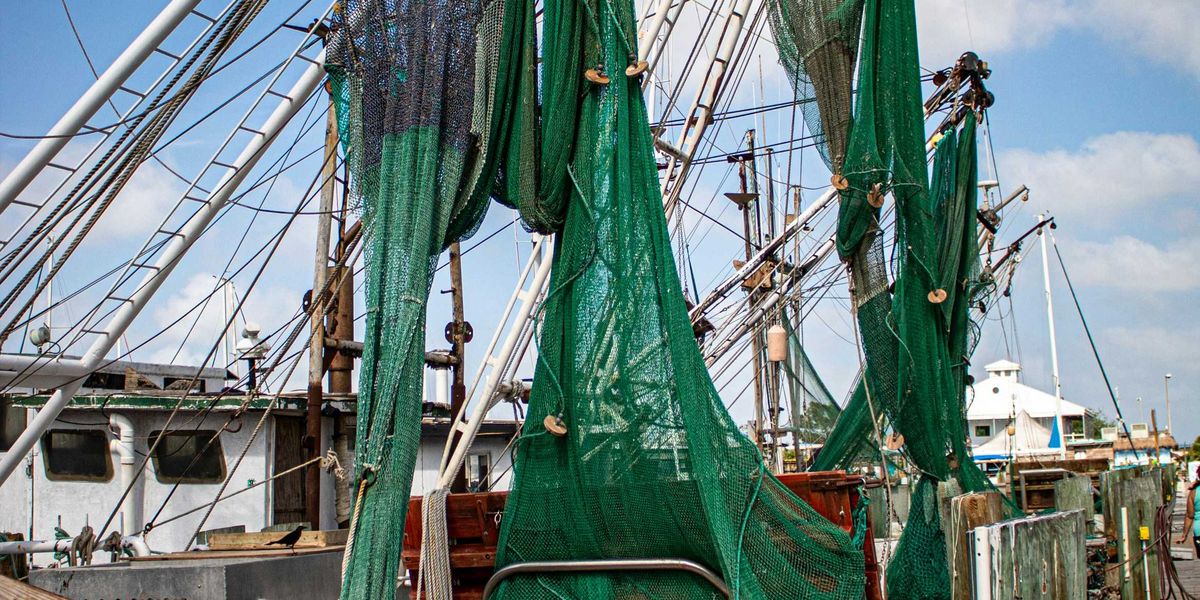ocean plastic
Plastic pollution depicted in modern scrimshaw at New Bedford Whaling Museum
Artist Duke Riley transforms ocean plastic into modern scrimshaw, highlighting industrial pollution in a new exhibit at the New Bedford Whaling Museum.
In short:
- Duke Riley uses discarded plastic to create contemporary scrimshaw, depicting environmental degradation.
- A new exhibit at the New Bedford Whaling Museum features Riley’s work, including a piece showcasing local pollution history.
- Traditional scrimshaw, historically carved from whalebone, is reimagined through Riley's modern, environmentally conscious art.
Key quote:
“Human beings have always been on this path to extract what we can from the environment around us for financial gain, oftentimes without a mind to the kind of environmental costs that come along with that sort of industry.”
— Naomi Slipp, chief curator, New Bedford Whaling Museum
Why this matters:
Duke Riley's work doesn't just highlight the problem; it encourages us to confront the consequences of our actions. His art serves as a reminder of the fragility of our environment and the ongoing consequences of industrial pollution. Read more: Plastic pollution in the ocean.
WATCH: Oceans polluted with plastic
Michael Holmes speaks to Joost Dubois with The Ocean Cleanup about their efforts to clean up the Great Pacific Garbage Patch, an area about three times the size of France.
California lawmakers want to make brands use less single-use plastic
WATCH: An all-women voyage to end ocean pollution
To study and raise awareness of microplastic pollution, the women of eXXpedition are willing to go to the ends of the earth—literally.
BC and Woods Hole scientists show link between ocean pollution and illness
A new study draws some jarring conclusions on the link between ocean pollution and human health.
U.S. generates more plastic trash than any other nation, report finds
Why bioplastics will not solve the world's plastics problem
The idea that bottles and packaging made of plant-based material can simply be discarded and then break down and disappear is false – recycling and reuse are the only strategies that can work.









